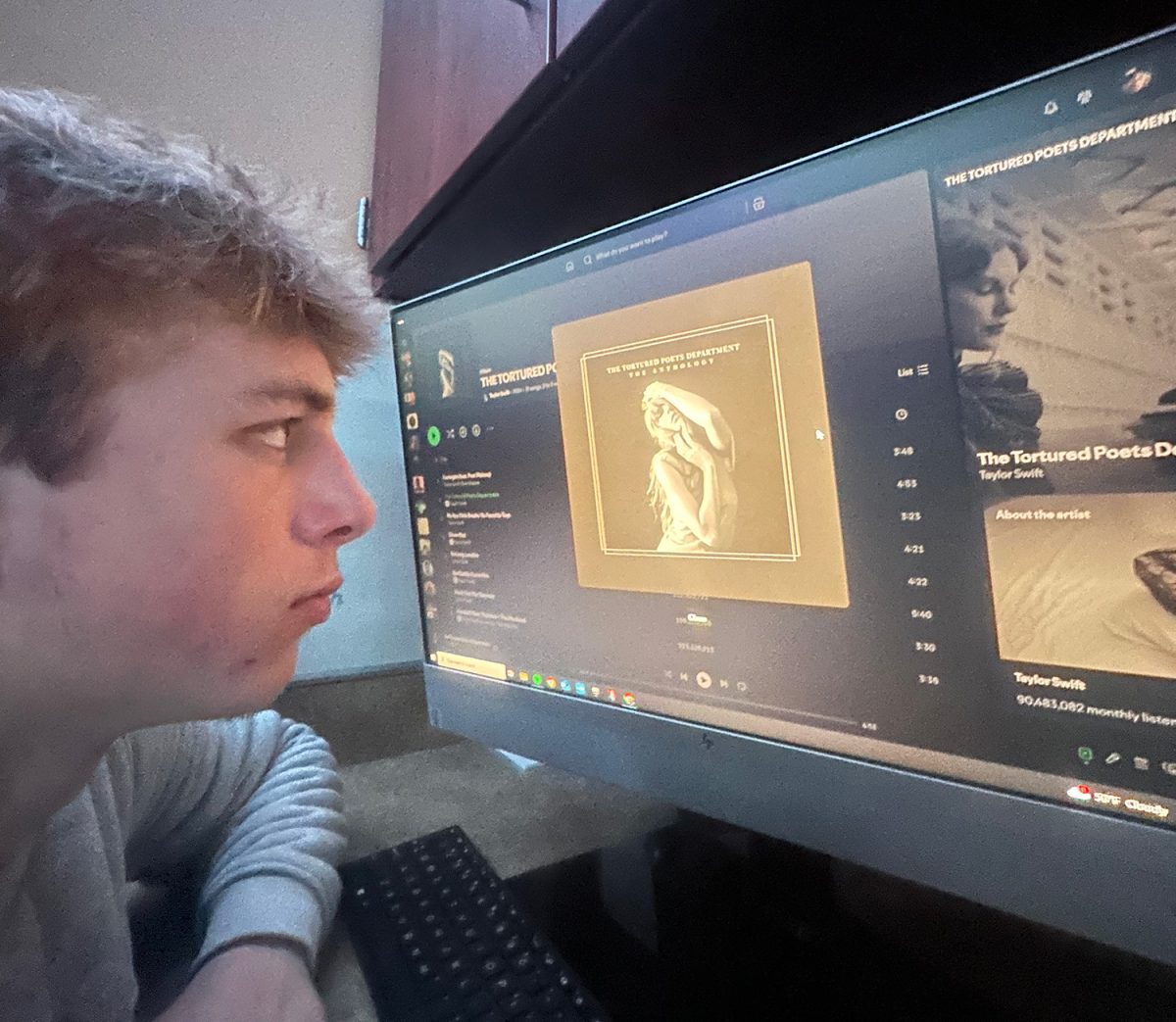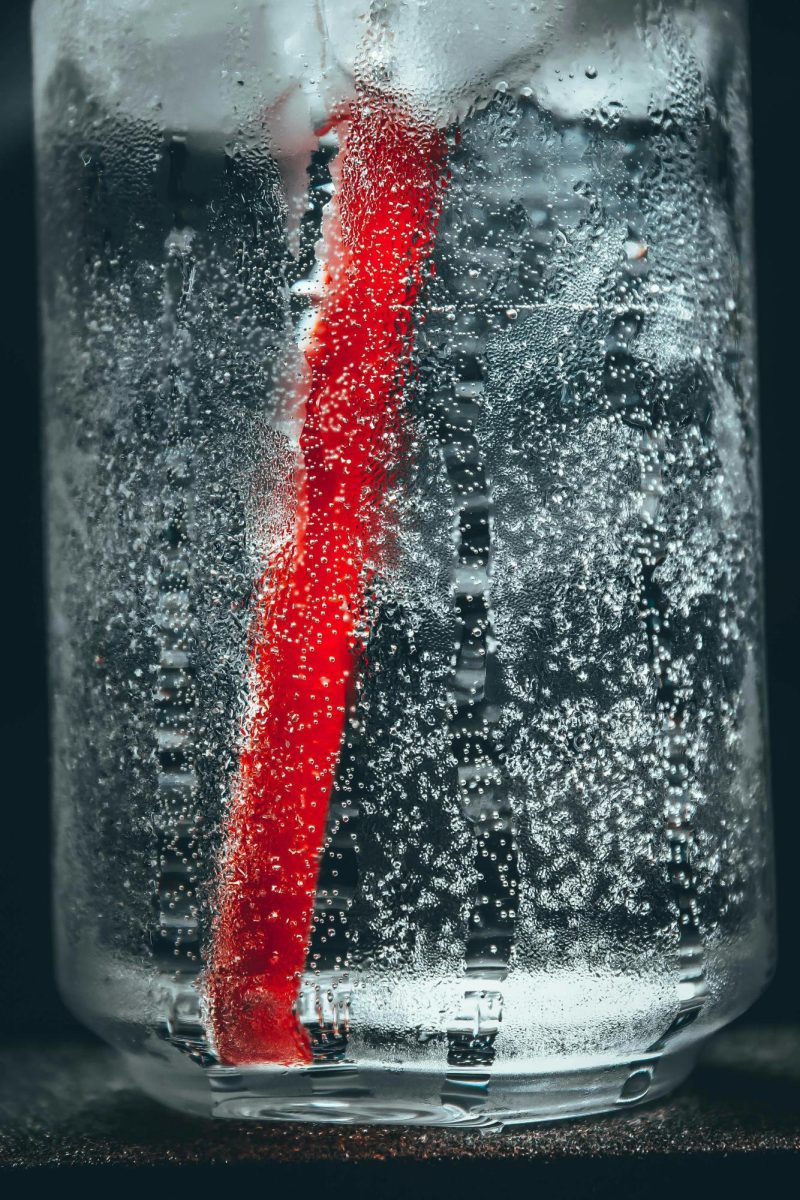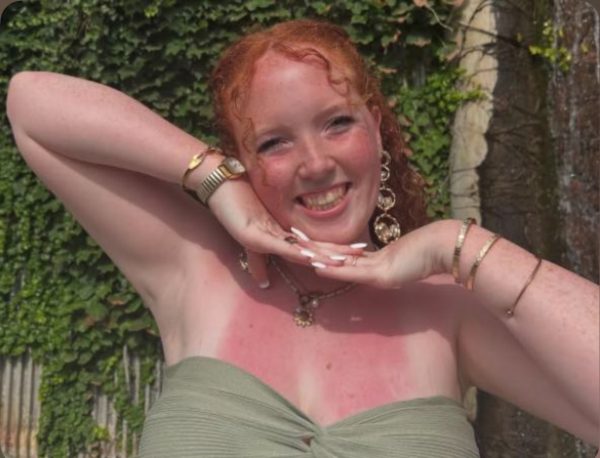Studies show that the change in season often causes a change in mood for teens across the world.
As the leaves begin to fall off trees and the cold air starts blowing harder, some people, like myself, often find themselves feeling more down. Most teens call this seasonal depression.
Seasonal depression is often shrugged off as just something people make up to excuse their ‘winter blues,’ but what many don’t know is that it is very real.
Seasonal depression is a mood disorder that occurs at the same time each year. The correct term for seasonal depression would be Seasonal Affective Disorder, also known as SAD.
Symptoms of SAD can last from four to five months of the year, usually resolving themselves by the spring and summer months. SAD symptoms include feelings of sadness, anxiety, hopelessness, pessimism, etc.
There are many ideas as to why people experience SAD in the colder seasons, like autumn and winter, rather than the warmer ones. One theory is that the lack of sunlight in the winter might stop one’s hypothalamus, a part of the brain, from working properly.
Not only can SAD affect how students feel during the day and outside of school, it comes with many symptoms that can affect a teen during school hours. SAD can lead young students to feel less motivated, tired and oversleeping. This can begin to affect their school work.
Not only are students affected by the scientific reasonings behind SAD, they are also in the longest run of the school year.
When SAD most often occurs, it is during the winter months of the year: November, December, January, and February. These months also fall right in the middle of the school year, where students are beginning to feel burned out and lose the adrenaline and excitement of a new year.
It is always good to recognize seasonal depression, so you can find ways to treat it. I often like to spend as much time as I can outside. Even though there’s less sunlight in the winter, the feeling of being outdoors without electronics often motivates people, like me, to be more productive.
If you notice yourself feeling down this winter, know you’re not alone! Many other Gibson Southern students experience SAD during colder seasons.
Freshman Peyton Rowe has noticed the effect Seasonal Affective Disorder has had on her schoolwork.
“I become less focused and get more easily overwhelmed with schoolwork,” Rowe said. “I also notice it is a lot harder to get through the day since I have no energy or motivation.”
As the warm, rainy weather of spring comes back around, Rowe senses a drastic change in her mood.
“During warmer weather, I have a more energized, content mood, then during colder weather I have a super gloomy mood,” Rowe said.
As much as seasonal affective disorder affects school, it also changes her productivity at home. Rowe feels as though she spends so much time in bed, rather than out with friends and family.
“One thing I have noticed is that I become super unproductive and distant,” Rowe said. “Tasks get put aside, like cleaning my room, and I don’t socialize with my family and friends as much because I would rather just lay in bed all the time.”
Instead of everyone feeling sympathetic to those with seasonal depression, they often ignore it. This makes teens with SAD struggle even more with getting through the winter seasons.
“Just because it’s not chronic, does not mean it’s not serious,” Rowe said. “Anything surrounding mental health, especially with youth, should be a serious cause for concern.”
As the years progress, mental health has become a bigger and bigger issue with young teens. If all it takes to make a teen feel safer and more comfortable is to take them seriously, then that just might be what you have to do.








